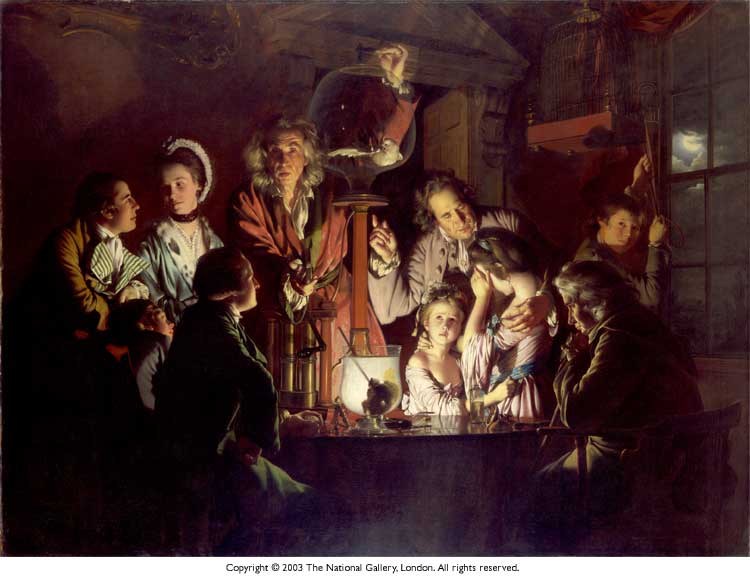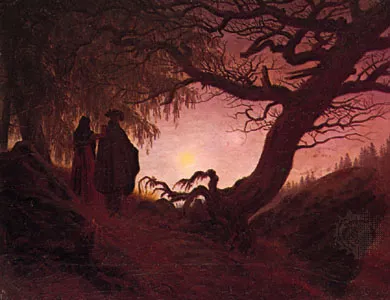The Age Of Enlightenment (1700-1800) VS The Age Of Romanticism (1800-1900)

Artists and Writers rejected the notion of enlightenment, which was also known as the age of reason, meaning everything was thought about theoretically, there was an intellectual and philosophical movement that occured in Europe which had a global effect. “the pursuit of knowledge obtained by means of reason and the evidence of the senses, and ideals such as natural law, liberty, progress, toleration, fraternity, constitutional government, and separation of church and state”
The shift, in short, Romanticism seeks to find the role of the individual in a chaotic and mutable world, while the Enlightenment looks for the empirical and justifiable strictures of such a world. The Enlightenment stressed reason as to the key of truth, whereas romantics emphasized feelings and emotions as the source of knowledge. Romanticism was a revolt against the aristocratic social and political norms of the Age of Enlightenment and also a reaction against the scientific rationalization of nature. Romanticism legitimized the individual imagination as a critical authority, which permitted freedom from classical notions of form in art.
The Meaning Of Romanticism

Put simply romanticism is ‘describing and portraying things in an emotional way rather than a intellectual way’. It may even be described as admiring the true beauty of nature, a general emotion over reason. Many Romantic ideals were first articulated by German thinkers in the Sturm und Drang movement, which elevated intuition and emotion above Enlightenment rationalism. Romanticism placed the highest importance on the freedom of the artist to authentically express their sentiments and ideas. A glorification of elements, a spiritual higher power side of describing and meaning, leaving things up to the gods and letting nature carry its way rather than looking into everything.
Examples

Henry Fuseli’s Romantic artwork, The Nightmare, was the first of its kind making Fuseli somewhat of a transitional figure– leading the progression of art from The Age of Reason to Romantic-era art. The woman has her arms stretched below her, with a demon-like incubus crouched on top of her, glaring threateningly at the viewer. Partially hidden, we see a mysterious mare with bewitching white eyes and flaring nostrils. In Fuseli’s ghastly portrayal, he paints the woman in an idealized manner, which coincides with the principles of Neoclassicism. (Neoclassicism was a Western cultural movement in the decorative and visual arts, literature, theatre, music, and architecture that drew inspiration from the art and culture of classical antiquity)The Nightmare frightened and shocked its audience when exhibited at London’s Royal Academy. It was unlike anything the public was used to seeing, as the subject matter was not taken from the bible or a moment in history, nor was it created for the sake of moralizing the viewer.

The painting depicts massive waves sweeping across a volatile ocean. The wreckage floats in the painting’s foreground.The figures cling to the debris from the ship, in the face of death they attempt to save themselves. It is suggested that the wreckage forms the shape of a cross, indicating a religious undertone in Aivazovsky’s work. This work serves as an allegory, according to Christianity, for salvation from sin.The palette of the painting utilizes warm tones, diminishing the ferocity of the sea and conveying a sense of hope and a chance for survival. Aivazovsky masterfully demonstrates the beauty and devastation of nature.
